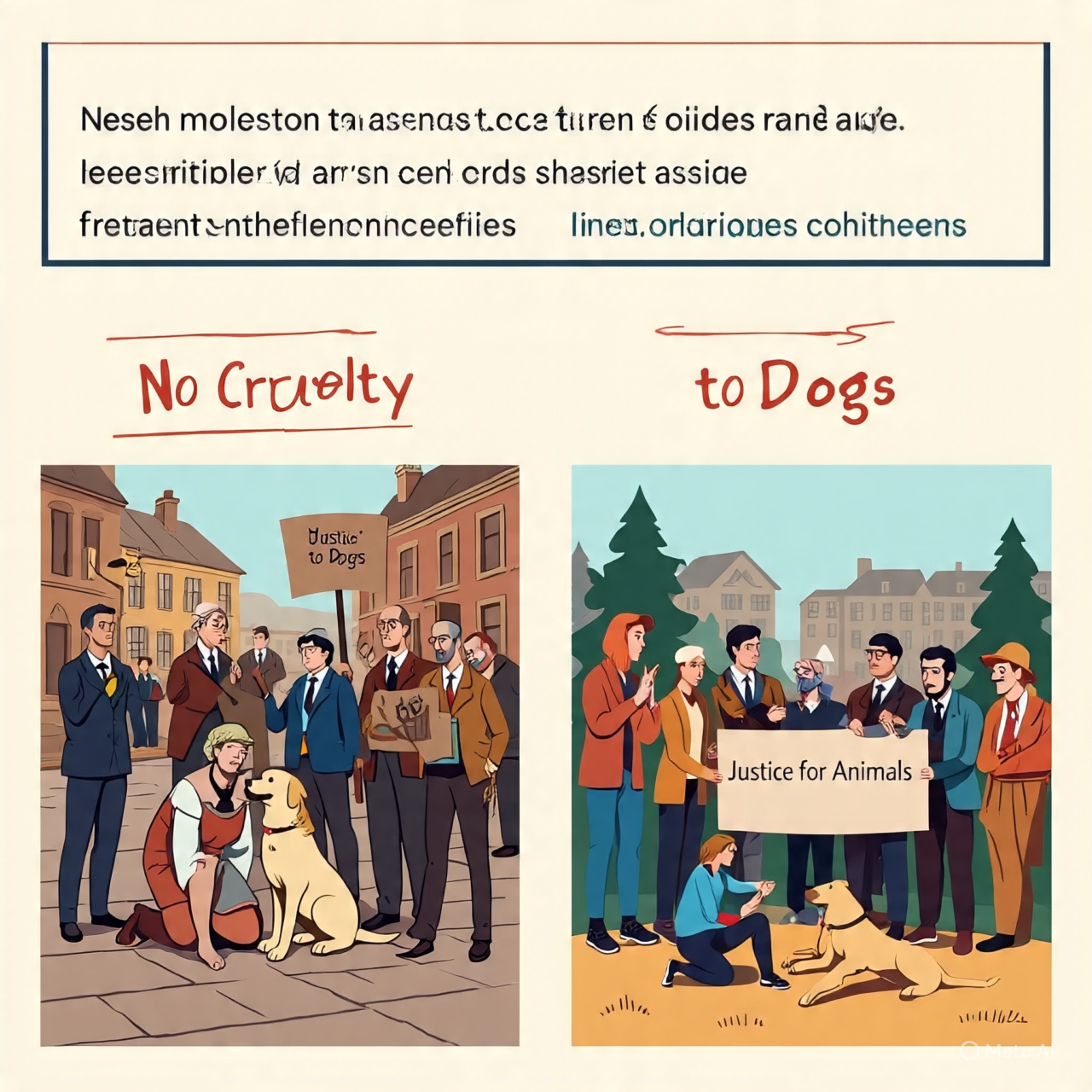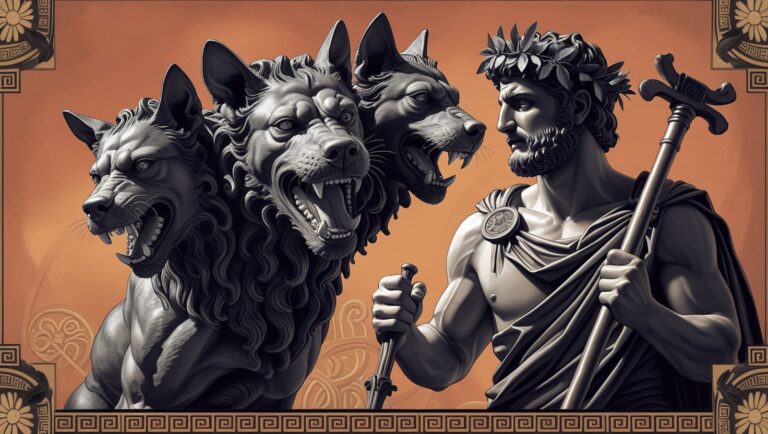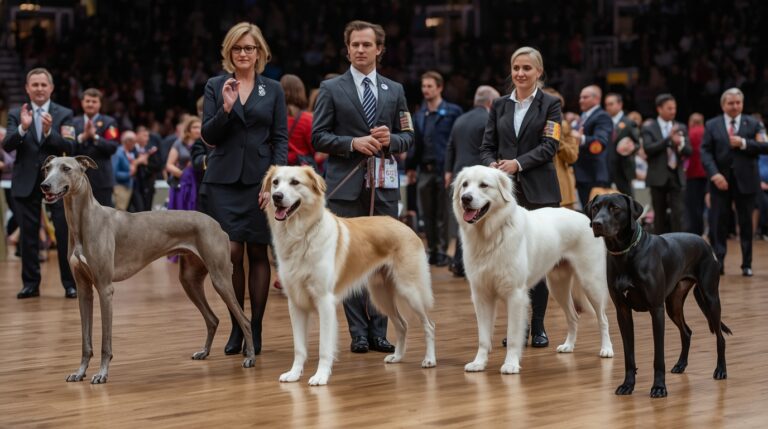Dog Rights Movements and Animal Welfare History

Introduction: Understanding the Landscape of Canine Advocacy
Dog rights movements and the broader context of animal welfare history reveal a long struggle for ethical and legal recognition of animals as sentient beings deserving humane treatment. As humans shifted from using dogs solely for labor or security to embracing them as companions, societal attitudes and legal frameworks evolved accordingly.
This article presents a comprehensive historical and thematic exploration of how dog welfare, animal rights, and legislative protections developed across different regions, starting in the early 19th century to the present day.
Philosophical Roots of Animal Ethics
Before the 1800s, most societies viewed animals—including dogs—through a utilitarian lens, with minimal ethical concern. Ancient philosophers like Pythagoras and later Jeremy Bentham introduced ideas suggesting animals were capable of suffering and thus morally considerable.
Bentham famously asked, “The question is not, Can they reason? nor, Can they talk? but, Can they suffer?”
This philosophical framework laid the foundation for later animal welfare movements and legislative reforms.
Early 19th Century: The Birth of the Animal Welfare Movement
The early 1800s marked the formal emergence of organized animal protection movements. The Royal Society for the Prevention of Cruelty to Animals (RSPCA) was founded in 1824 in the UK. It was the world’s first animal welfare organization, initiating enforcement against cruelty, including dogfighting and neglect.
Henry Bergh and the American ASPCA
In 1866, Henry Bergh founded the American Society for the Prevention of Cruelty to Animals (ASPCA). He was inspired by the RSPCA during his travels in England.
- Enacted some of the first anti-cruelty laws in the U.S.
- Established veterinary clinics and dog shelters
- Fought against inhumane working conditions for horses and dogs
Legislative Foundations of Dog Rights
19th Century Cruelty Laws
By the late 1800s, several Western countries had passed animal cruelty laws, focusing on:
- Banning public animal abuse
- Regulating working animal conditions
- Restricting blood sports involving dogs
The U.S. Animal Welfare Act (1966)
The Animal Welfare Act (AWA), passed in 1966, remains the cornerstone of federal animal protection legislation in the United States.
- Initially applied to research facilities
- Later expanded to include commercial breeders, shelters, and transport regulations
- Provided baseline standards for dog housing, vet care, and exercise
Global Movements and Key Organizations
PETA – People for the Ethical Treatment of Animals
Founded in 1980, PETA took a radical stance by advocating for animal liberation, not just welfare. Their campaigns:
- Target animal testing, fur trade, and breeding mills
- Popularized the term “adopt, don’t shop”
- Use graphic imagery and viral content to raise awareness
The Humane Society and No-Kill Shelter Reform
The Humane Society of the United States (HSUS) has focused on:
- Ending puppy mills
- Promoting spay and neuter programs
- Supporting state legislation to end euthanasia in shelters
Evolution of the Human-Dog Relationship
From Laborers to Family Members
In earlier centuries, dogs were primarily guardians, herders, or hunting assistants. Today, over 65 million U.S. households own at least one dog (AVMA, 2023), indicating a major cultural shift toward treating dogs as family.
Rise of Pet Adoption Movements
Shelters and rescue organizations have fueled a significant change:
- The no-kill movement began in the 1990s
- Over 75% of U.S. shelters are now committed to no-kill policies
- Online platforms like Petfinder make adoption easier
Comparative Global Perspectives
Europe: Progressive Policies
Countries like Germany and Sweden enforce:
- Strict commercial breeding laws
- Nationwide bans on ear cropping and tail docking
- High penalties for abuse
India: Growing Advocacy
India passed the Prevention of Cruelty to Animals Act (1960). However, enforcement remains inconsistent. Stray dogs face challenges from urban expansion, and vaccination and sterilization programs are still evolving.
The Dog Meat Controversy
Regions of South Korea, Vietnam, and parts of China have been criticized for continuing the dog meat trade. While some bans have been introduced, cultural practices remain a barrier.
also read this Modern Canine History (19th Century–Present)
Influential Figures and Grassroots Movements
Activists Who Changed the Game
- Jane Goodall: Although known for primate research, she has spoken frequently about canine welfare.
- Nathan Winograd: Led the no-kill revolution in U.S. shelters.
- Ingrid Newkirk: Co-founder of PETA, led numerous global campaigns against animal cruelty.
Power of Local Action
Grassroots movements like:
- Trap-Neuter-Return (TNR) for stray dogs
- City-wide bans on commercial breeding (e.g., Los Angeles, Toronto)
- Petitions that led to dog park creation and leash law revisions
Modern-Day Challenges
Puppy Mills and Commercial Breeding
Despite increased awareness, thousands of puppy mills operate in the U.S. alone, producing over 2 million puppies annually under poor conditions.
- USDA regulations are often insufficient
- Online puppy sales often avoid inspection
Breed-Specific Legislation (BSL)
Laws targeting breeds like pit bulls or rottweilers have faced backlash for being:
- Ineffective at reducing dog bites
- Discriminatory against certain breeds
- Opposed by organizations like AVMA, ASPCA, and CDC
The Future of Dog Rights
Toward Legal Personhood?
Some legal theorists propose granting non-human animals limited personhood rights, like:
- Right to live free from torture
- Recognition of emotional suffering
Enhancing International Protections
The United Nations is being lobbied to include animal welfare in its Sustainable Development Goals (SDGs), creating pressure for countries to adopt:
- Stricter anti-cruelty laws
- Funding for animal shelters
- Enforcement mechanisms for violations
Conclusion: A Legacy Still in Progress
The history of dog rights movements and animal welfare reflects a broader human evolution in recognizing non-human suffering. From Henry Bergh’s 19th-century crusade to the no-kill revolution and international debates on animal personhood, progress continues—but gaps remain.To ensure a just future for dogs, both institutional policy and grassroots activism must remain strong and globally coordinated.





